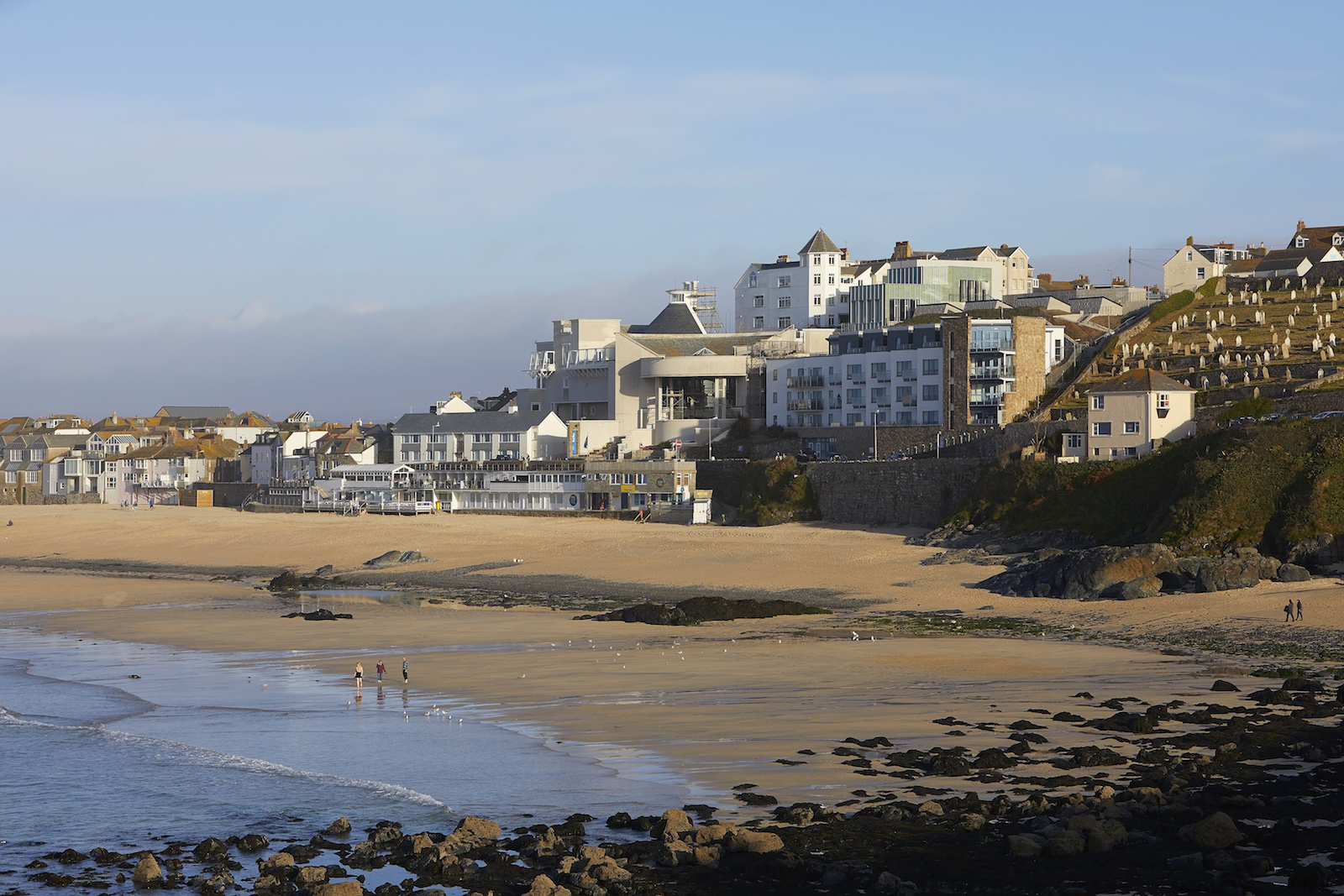
Regional art museums are having more than a moment. In the last five years, the significant redevelopment of many galleries and museums in cities across the UK has refreshed and diversified the British art world, with many of the nation’s top curators and directors now working outside of London—where the demand for commercial art isn’t as fierce. Art is also about freedom of expression, something that is increasingly difficult in a city that is unaffordable for most of the population and where competition can annihilate fledgeling ambition.
The best thing about not working in London is the ability to look at art “without the distraction and distorting lens of the art market”, says Andrew Nairne, director of Kettle’s Yard, at the University of Cambridge. The gallery re-opened after a significant renovation in 2018, with a new cafe, galleries and education area—not the first remodelling in its history. The pretty, homely feel of Kettle’s Yard provides a unique setting for exhibitions on modern and contemporary art, and they now attract around 20,000 visitors a month. Students at Cambridge University can also sign up for membership and borrow works from the collection to hang in their rooms, a pioneering way of encouraging close engagement over time with art.
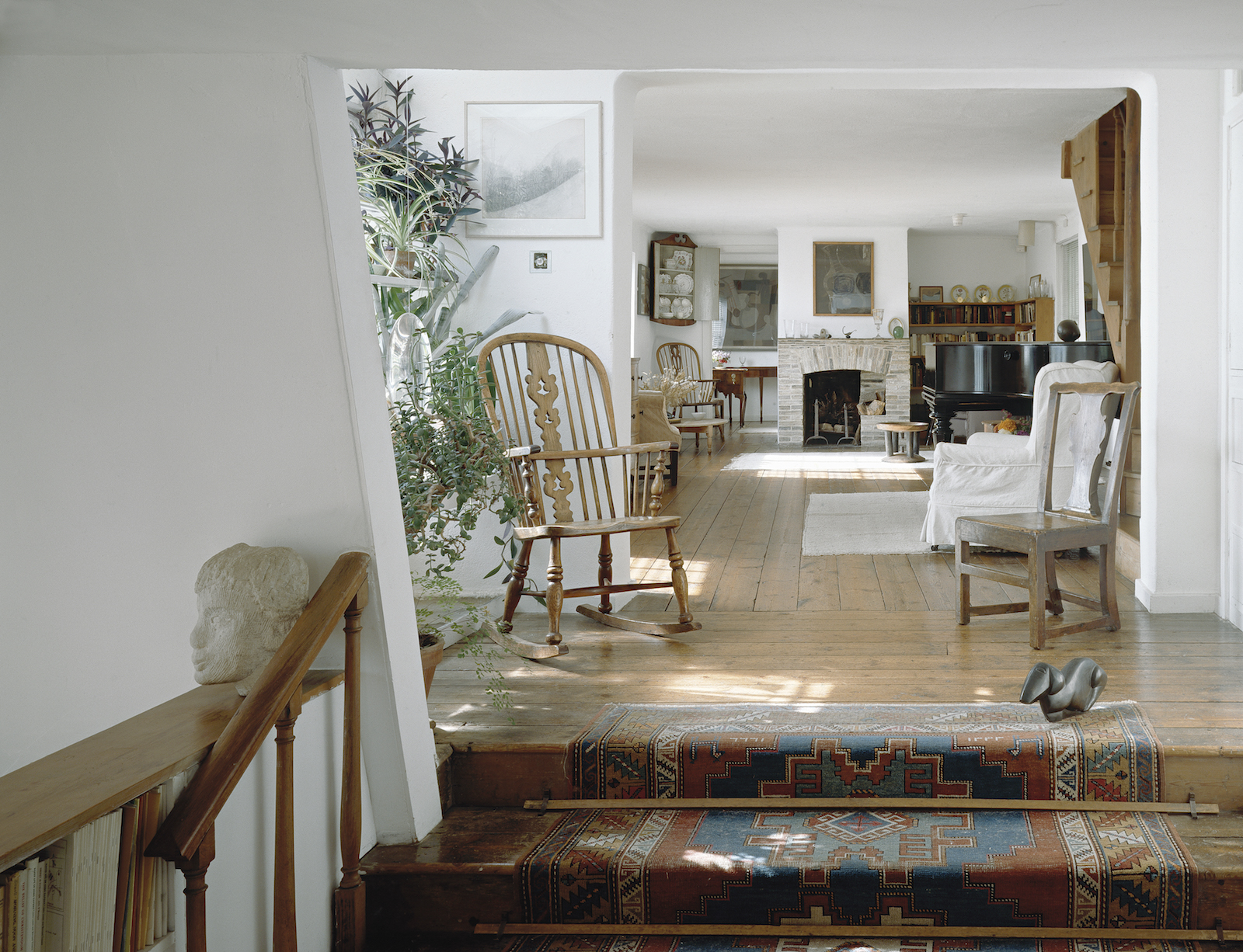
“The best thing about not working in London is the ability to look at art without the distraction and distorting lens of the art market”
Attracting artists to exhibit at Kettle’s Yard has never been an issue as Cambridge and its university are world-famous. “Good artists are generally interested in different kinds of opportunities, curatorial relationships and audiences,” Nairne explains. The coastal locations of Turner Contemporary
or Tate St Ives, or the expanses of rolling green that wraps around institutes like the Hepworth Wakefield and Hauser & Wirth Somerset, are attractions in their own right and have a distinct atmosphere, offering a different kind of experience with the art.
In places less saturated with gallery-goers and events, there’s also greater opportunity to build a community around the gallery, a place to see art, eat, learn and return. Irene Aristizábal, Head of Curatorial and Public Practice who leads the programme at BALTIC, Newcastle, emphasizes that “our programme is embedded in the local context, we often collaborate with other local arts organisations and are in close dialogue with artists based in the region.” As part of her role as curator of the British Art Show 9 (taking place in 2020), she has travelled extensively around the UK over the last year.
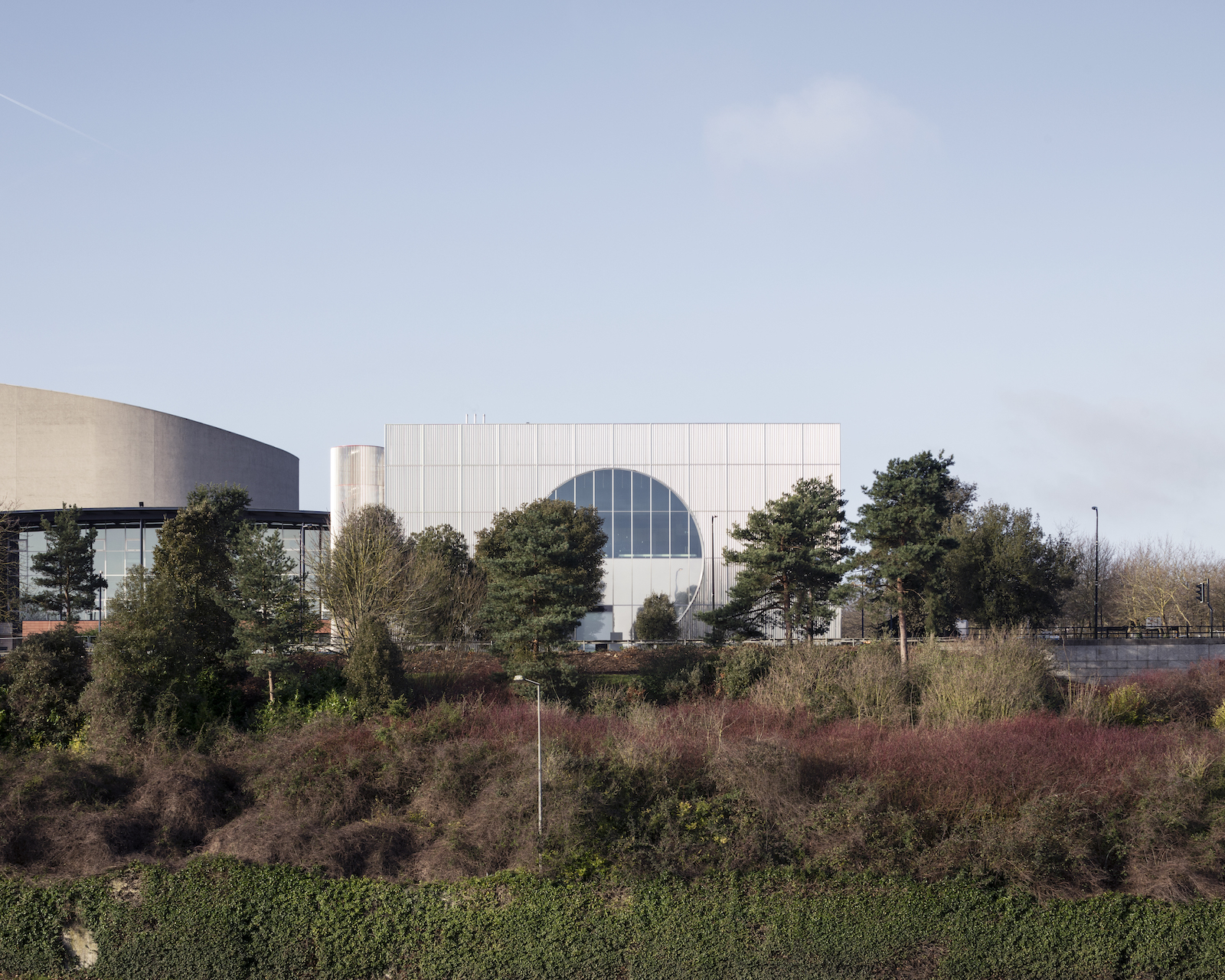
MK Gallery—set in Campbell Park, Milton Keynes—re-opened in March this year, after a revamp by sought-after 6a architects. Since then, they have attracted an average of 10,000 visitors a month. Director Anthony Spira, who has co-curated a forthcoming exhibition on George Stubbs, says that “apart from the fresh air and green spaces” being out of London offers “the opportunity to make a real difference.” He adds, “MK Gallery is the only visual arts organisation of its kind until you get to Oxford, Cambridge or Birmingham so there’s a large area, lots of schools and many communities who have limited access to ‘high quality’ culture.”
One of the major challenges facing institutes is, unsurprisingly, money. Attracting the attention of major artists might not be a problem, but without proper funding art spaces outside of London are at a disadvantage compared to London galleries who can capitalize on higher volumes of people passing through. “It is almost impossible to afford an international programme”, Spira concedes. “Funding is the major issue.”
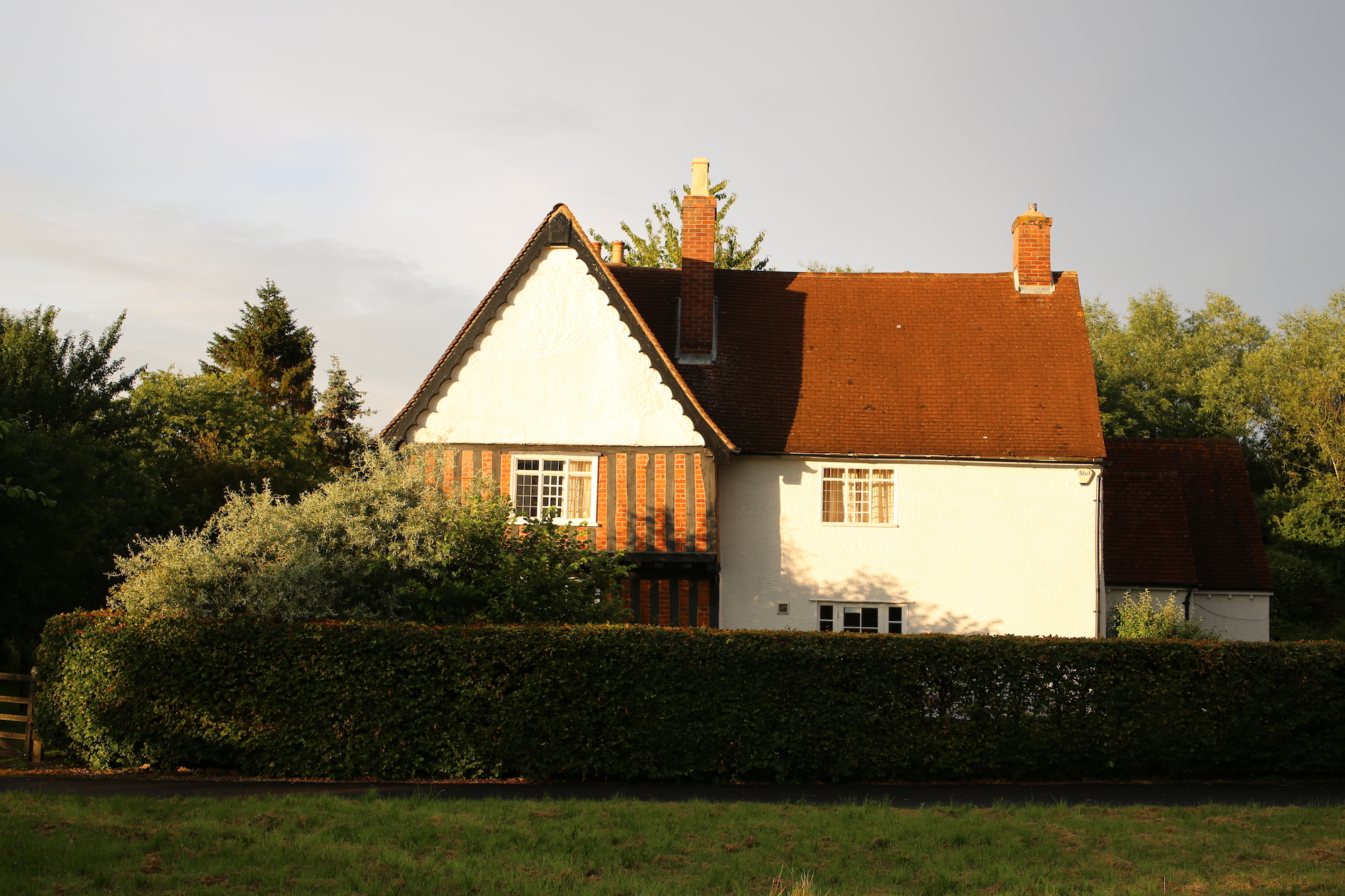
Donna Lynas has headed up Wysing Art Centre in Cambridgeshire since 2005. The main advantage of being outside the crowded metropolis is the access to ample space—“there are ten separate buildings on our large rural site, alongside outdoor permanent art works and a lot of open space. The other advantage is that we can programme in such a way that there can be quiet times where artists are undertaking private research and developing new work which we can make public when the artist is ready for that to happen.” Lynas adds. “We aren’t driven by a gallery programme in the way that other visual arts organisations are and that means we have a lot of freedom in how we programme, we can test out ideas and experiment.”
London remains the commercial centre of British art market, with the highest number of commercial galleries and dealers located in the capital, but it also gets the lion’s share of public funding for the arts, perpetuating London’s dominance in the UK. When announcing their new projected budgets for 2018-22, the Arts Council England identified the effect of this and noted an extra £170 million funding would go to organisations outside London. Spread across so many venues, however, it won’t be enough to make sure everyone thrives.
“Our programme is embedded in the local context, we often collaborate with other local arts organisations”
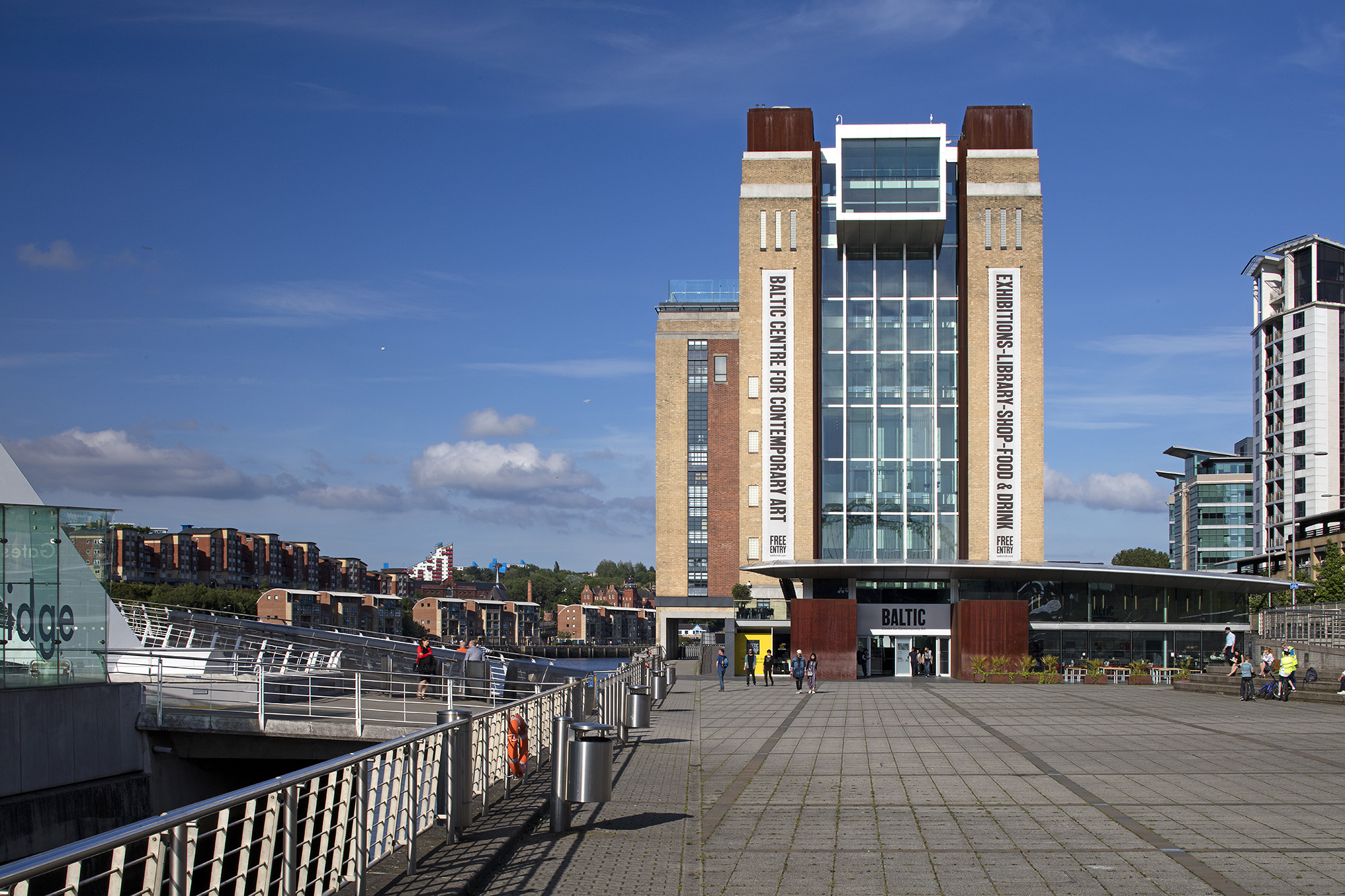
“I have noticed that in many instances the artists that don’t live in London might struggle with visibility outside the region where they live and in some cases might be more visible outside the UK than in London.” Aristizábal at BALTIC adds. “I think there is an imbalance between the attention that London-based artists and institutions get in relation to artists and arts organisations elsewhere.”
“Due to the extreme increase in the cost of living in London, art graduates are no longer all making their way there after completing their studies in other cities, which is contributing to less centralized art production, but funding needs to follow. Sadly with austerity policies implemented since the recession across the UK, the support that city councils are offering the arts locally has shrunk to very unhealthy levels and is jeopardising the work of many regional arts organisations.”
Spike Island, Bristol, received the Freelands Award in 2018, a grant of £100,000 given annually to a regional arts organisation to support mounting a large-scale exhibition on a mid-career female artist. A quarter of the funds goes to the artist directly. Spike Island will use the money to present an exhibition on Veronica Ryan in Autumn next year. Over the last twenty years, Spike Island has developed into “an increasingly significant and active public space, bringing major exhibitions of international art and a critically-engaged events programme to Bristol”, director Rob Leckie reflects. Spike Island is not only a home for art and artists in the South West, but a place where creativity can be supported and facilitated. In fact, many of the major institutes outside London have an agenda that extends far beyond the art on the gallery walls.
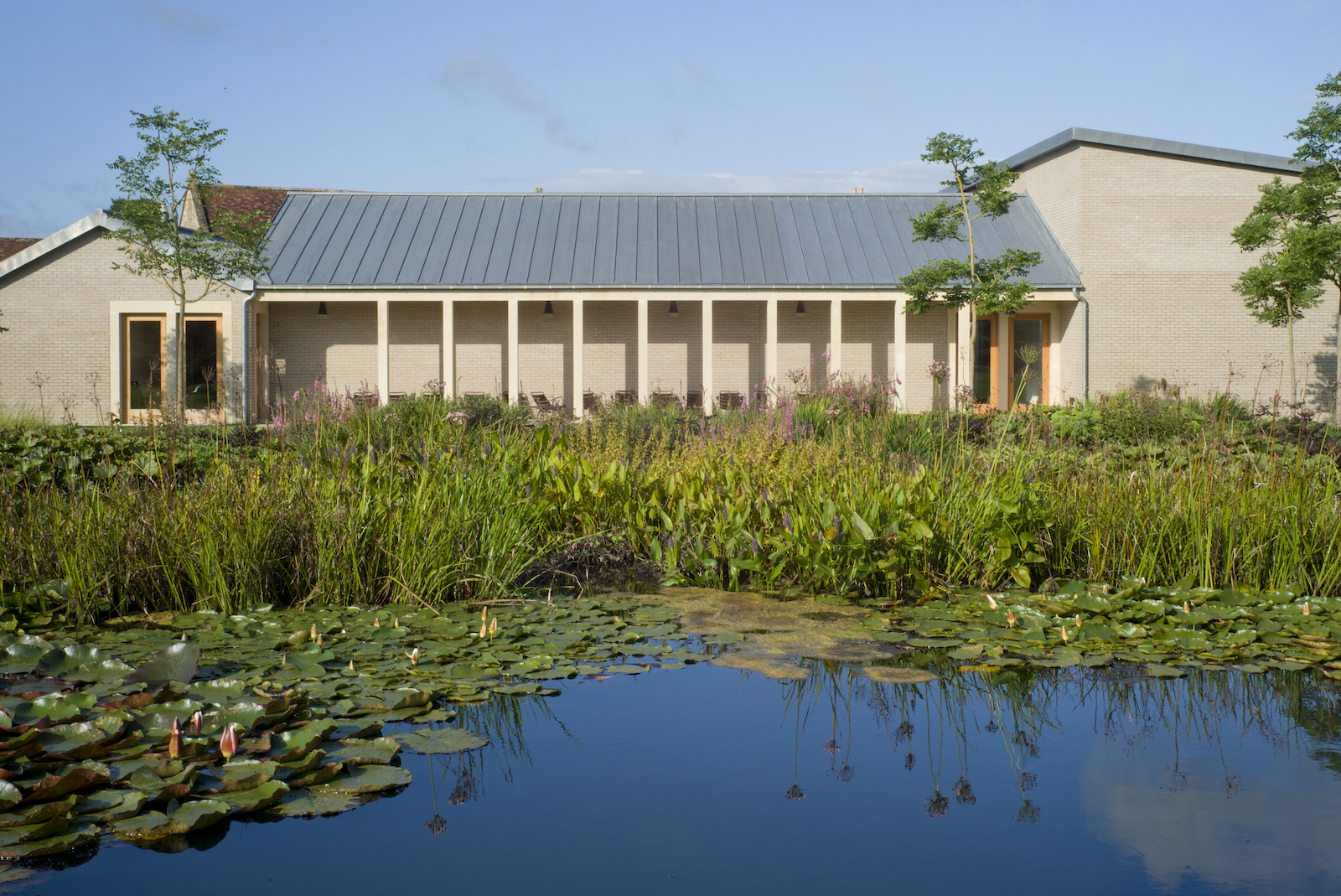
It’s not only the Arts Funding skewer that affects galleries, institutes and individuals in regions across the country. Being outside London, Lynas observes, “the drawbacks are often quite practical things such as limited and ever-decreasing public transport due to budget cuts, or not being able to pop out to an art supplier at short notice.” The infrastructure of the UK, including its politics, seems to be structured around London. When it comes to the art world, it seems, it’s a case of perception too, and the sometimes elitist attitude of London. “London is one of the most important international centres for art in the world so it would be difficult for it not to be centred there. However, having worked at a London gallery for six years before joining Wysing, I think there is often a perception within London that what goes on outside it is not as interesting or radical.”
The arts press has a role to play in the perception of the contemporary art scene outside London—where all the major publications and newspapers are still based. Does the media cover enough of what’s happening outside of London? “No,” says Nairne, emphatically. “They should use locally-based writers more.” MK Gallery has enjoyed a plethora of broadsheet coverage for its current exhibition on Paula Rego—“but this is very unusual”, Spira notes. “Only the highest-profile and most ‘mainstream’ projects get any attention. Otherwise, it is very difficult.”
“Due to the extreme increase in the cost of living in London, art graduates are no longer all making their way there after their studies”
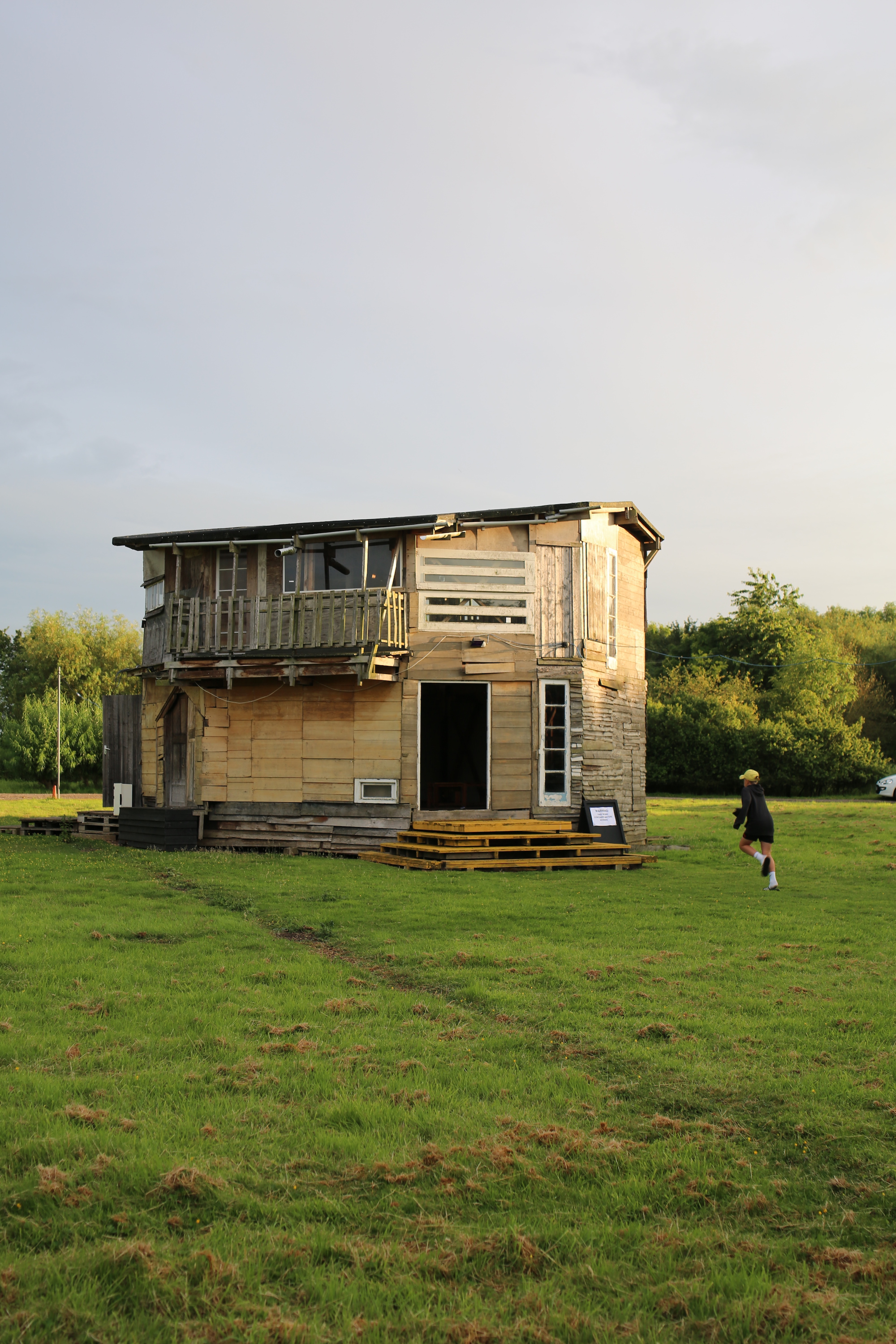
To facilitate a more inclusive arts ecosystem that sees an exchange happening between all the cities in the UK, Spira suggests there could be “more sharing of ambitious exhibitions between galleries and museums—so that the considerable investment in terms of staff time, public money and CO2 use—gets a better return in terms of numbers experiencing the exhibition around the UK”.
There may be a long way to go before the UK’s art scene is truly connected across the country, but the strengthening influence of spaces outside London proves that it isn’t the only place to find the cutting-edge of culture. “Leaving London made me realise how restrictive it can be there—it comes with quite fixed expectations around quality and much of it is tied to the art market,” Donna Lynas concludes. “I think these spaces that sit outside London, and the market, can be much more radical and often more urgent, and relevant.”





